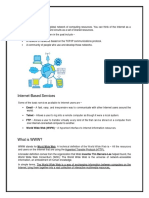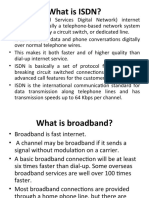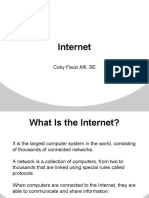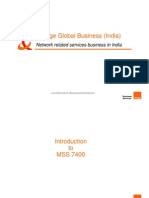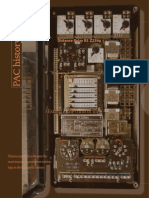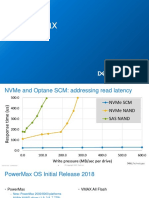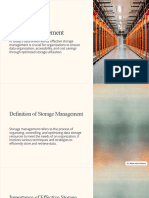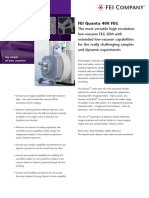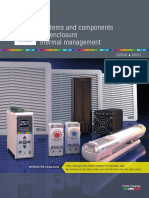0% found this document useful (0 votes)
15 views22 pagesINTERNET
The document discusses various topics related to the internet and computer networks. It defines different types of computer networks like LAN, MAN, and WAN. It also describes different types of internet connections and factors to consider when choosing an internet service provider. Additionally, it explains how the internet works using IP addresses and domain names. It provides details about various internet applications and technologies like email, file transfer, search engines, chatting, video conferencing, e-commerce, and internet security issues.
Uploaded by
JEYA MARIE CARANAYCopyright
© © All Rights Reserved
We take content rights seriously. If you suspect this is your content, claim it here.
Available Formats
Download as PDF, TXT or read online on Scribd
0% found this document useful (0 votes)
15 views22 pagesINTERNET
The document discusses various topics related to the internet and computer networks. It defines different types of computer networks like LAN, MAN, and WAN. It also describes different types of internet connections and factors to consider when choosing an internet service provider. Additionally, it explains how the internet works using IP addresses and domain names. It provides details about various internet applications and technologies like email, file transfer, search engines, chatting, video conferencing, e-commerce, and internet security issues.
Uploaded by
JEYA MARIE CARANAYCopyright
© © All Rights Reserved
We take content rights seriously. If you suspect this is your content, claim it here.
Available Formats
Download as PDF, TXT or read online on Scribd
/ 22










































